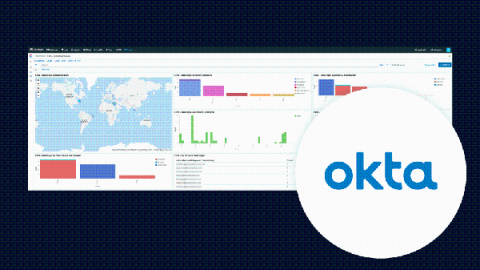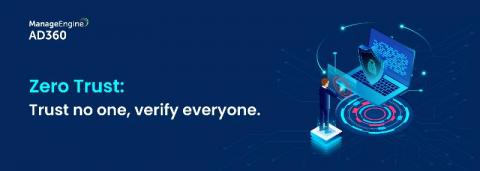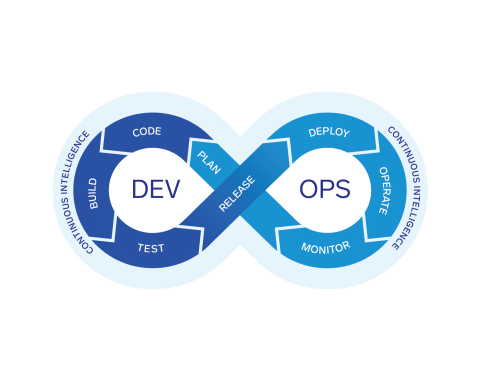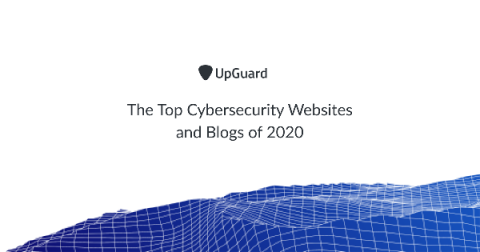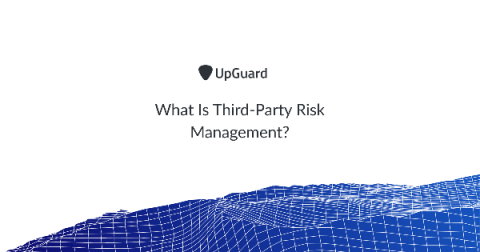Can API Governance Help with Third-party APIs?
APIs are everywhere within your organization. Many may be internal, but we’re willing to bet there are many third-party web services and APIs that your business depends on too. Keeping track of them all, and ensuring that your team chooses the best APIs for their needs can be a challenge. In some cases, your organization may be using an API they don’t even know about. The solution to this “web of APIs” is to apply the concept of API governance to your API dependencies.



